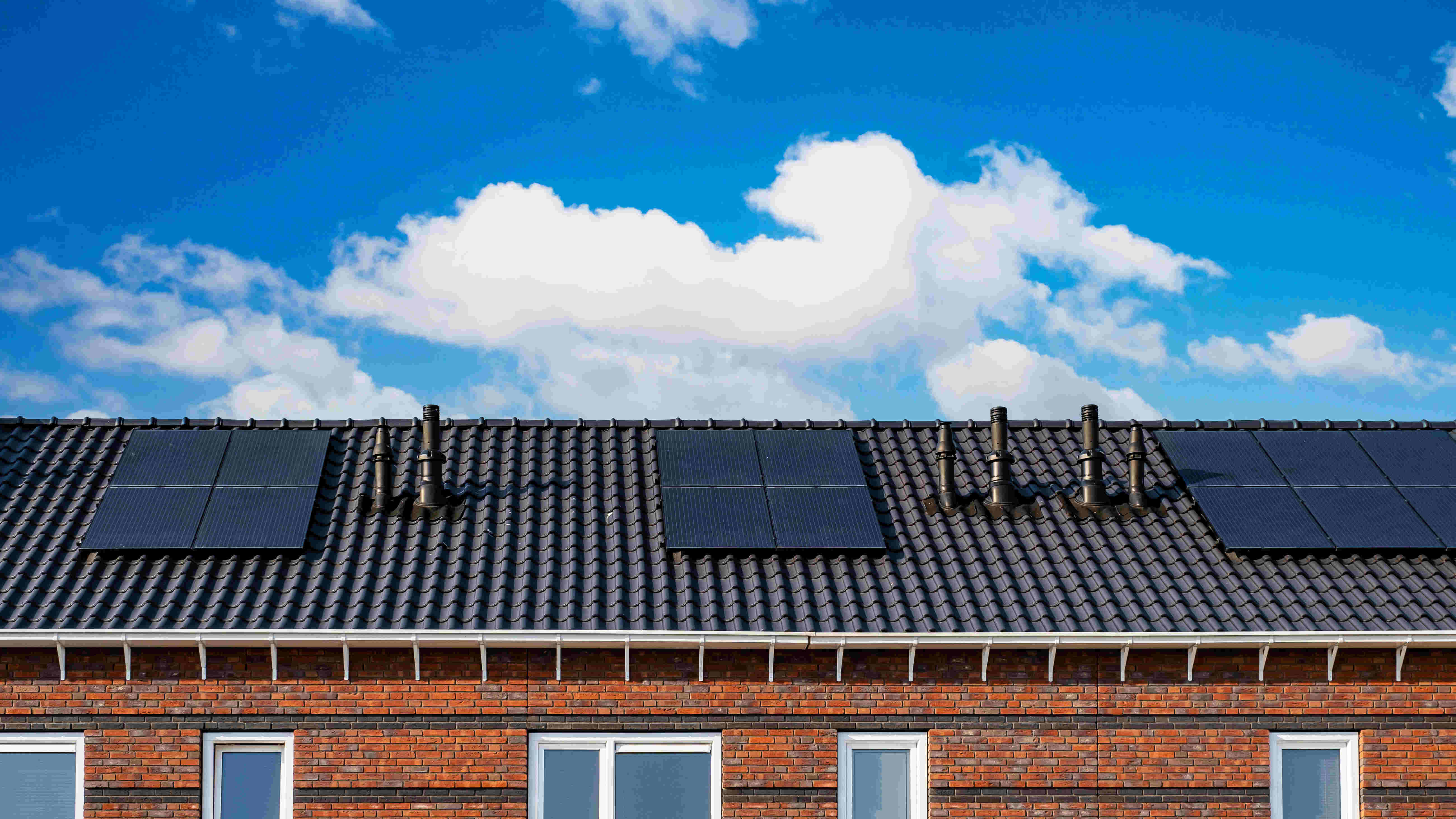
Is It Worth Getting a Solar Battery With Your Solar System?
Key Takeaways:
How to Know If a Solar Battery Is Worth It for Your Home
Upfront Cost
Energy Usage Patterns
Electricity Tariff Types
Feed-In Tariff Types
How Long Will You Stay in Your Home
How Solar Batteries Improve Your ROI?

Solar Battery Costs
| Battery Size (kWh) | Estimated Total Cost | Example Brands |
|---|---|---|
| 3 kWh | Starts from $4,500 | Enphase IQ Battery 3T, Sungrow SBR |
| 5 kWh | Starts from $7,500 | BYD, Sungrow SBR, LG RESU |
| 6.5 kWh | Starts from $9,750 | LG RESU, Huawei LUNA2000 |
| 10 kWh | Starts from $15,000 | Tesla Powerwall, Sungrow, BYD |
| 13 kWh | Starts from $19,500 | Tesla Powerwall, SolarEdge Home |
| 15kWh | Starts from $22,500 | SolarEdge Home, Sungrow SBR |
| 18-20 kWh | Starts from $27,000 to $30,000 | Tesla Powerwall (stacked), BYD |
Solar Battery Rebates
| State | Rebate and Loan Programs | Status | Description |
|---|---|---|---|
| NSW | Household Energy Saving Upgrades | Closing on 30 June 2025 | The NSW Government offers a discount when you install a solar battery with your solar system or add one to an existing setup. The discount is applied directly by accredited installers and helps reduce the upfront cost of installing a battery. The NSW battery discount will no longer be available after 30 June 2025. It cannot be combined with the new federal Cheaper Home Batteries Program, which begins on 1 July 2025. However, the NSW's Virtual Power Plant (VPP) incentive will nearly double and can be combined with the federal rebate. If you already have a battery or install one under the new federal program, you may still be eligible for the NSW VPP incentive. |
| Local Council Incentive | Active | Local councils, such as Randwick and North Sydney Councils, offer rebates that support solar battery installations for residents, businesses, and apartment blocks within the local area. Some rebates cover up to 10% of the installation cost. | |
| ACT | Sustainable Household Scheme | Active | This program offers eligible homeowners loans between $2,000 and $15,000 to help cover the cost of installing solar batteries and other energy-efficient home upgrades. From 1 July 2025, new loans will have a 3% fixed interest rate for most households, while concession-card holders will continue to have access to interest-free loans. Loans can be repaid for up to 10 years with no upfront fees. |
| WA | Residential Battery Scheme | Active | The WA Residential Battery Scheme, launching by July 2025, offers eligible Western Australian homeowners rebates of up to $5,000 (for Synergy customers) or $7,500 (for Horizon Power customers). Interest-free loans up to $10,000 are available for low- to middle-income households. The scheme supports the installation of new batteries that can participate in Virtual Power Plants (VPPs). |
| TAS | Energy Save Loan Scheme | Active | The Tasmanian Government's Energy Saver Loan Scheme offers interest-free loans between $500 and $10,000 to eligible homeowners, landlords, small businesses, and not-for-profit organisations. These loans can finance energy-efficient upgrades, including battery storage systems, with repayment terms ranging from one to three years. Brighte administers the scheme and aims to make sustainable energy solutions more accessible across Tasmania. |
Calculating Solar Battery Payback Period and Savings
Battery Savings with a Flat-Rate Tariff
Battery Savings with Time-of-Use Billing

Charging from the Solar
Charging from Off-Peak Grid

Ways to Maximise the Benefits of Solar Batteries
Investing in a Future-Proof Battery
Joining a VPP
How VPP Adds Value to Your Solar Battery

Blackout Protection

When Is It Not Worth Getting a Battery with Solar Panels?


